
- malaysias-diverse-traditions-shine-through-dance-and-music
- signature-cultural-dance-and-music-events-in-malaysia
- unique-fusion-performances-that-bridge-modernity-and-heritage
- real-experiences-from-event-goers-and-performers
- how-to-explore-malaysian-culture-through-local-festivals
1. Malaysia’s Diverse Traditions Shine Through Dance and Music
Malaysia is a land where cultures converge, and nowhere is this more evident than in its vibrant dance and music scene. Whether it's the rhythmic beats of the kompang in a Malay wedding procession or the graceful steps of Bharatanatyam in a temple courtyard, cultural dance and music events in Malaysia celebrate the nation’s rich tapestry of ethnic heritage. These events are more than performances—they are living stories of identity, belief, and shared joy.
The beauty of Malaysia's cultural landscape lies in how it weaves Malay, Chinese, Indian, and Indigenous traditions into its festivals. From state-sponsored arts showcases to grassroots street performances, these events serve as both a bridge to the past and a spotlight on creative innovation.
2. Signature Cultural Dance and Music Events in Malaysia
2.1 Citrawarna Malaysia (Colours of Malaysia Festival)
Citrawarna is one of the country’s largest cultural spectacles, typically held in Kuala Lumpur. The event transforms the streets into a glowing stage of traditional dance parades, musical ensembles, and storytelling. It’s a nationwide showcase of ethnic costumes, live instruments, and folklore-inspired choreography. Tourists and locals alike flock to witness Malaysia’s multicultural unity in action.
2.2 Rainforest World Music Festival (Sarawak)
Held deep in the Borneo rainforest near Kuching, this internationally acclaimed festival is a musical melting pot. While it hosts global world-music artists, its core highlight remains on tribal rhythms from Malaysia’s Indigenous groups—such as the Orang Ulu sape players and Iban bamboo dancers. Set against the green backdrop of Sarawak Cultural Village, it’s a cultural and environmental celebration rolled into one.
2.3 George Town Festival (Penang)
Celebrated annually in the UNESCO heritage city of George Town, this festival is a haven for arts lovers. It blends traditional Chinese opera, Malay wayang kulit (shadow puppetry), and modern dance into a dynamic platform for heritage expression. Interactive workshops and nighttime street music shows keep the audience deeply engaged.
3. Unique Fusion Performances That Bridge Modernity and Heritage
3.1 Modern Interpretations of Classical Styles
Young Malaysian artists are pushing boundaries by mixing ancient forms with contemporary movements. A dance troupe in Selangor, for instance, recently performed a hip-hop-infused Zapin that gained viral attention online. The rhythm remained distinctly traditional, but the form reached a new generation. This blend doesn’t dilute heritage—it revitalizes it.
3.2 Music Collectives Bringing Cultures Together
Groups like Hands Percussion and Rhythm in Bronze are reimagining gamelan and traditional drumming. Their performances feature collaborations with jazz musicians, Indian tabla players, and electronic sound designers, creating a musical dialogue between tradition and experimentation. These cross-cultural explorations have drawn attention not just at home, but on global stages.
4. Real Experiences from Event-Goers and Performers
4.1 A First-Time Visitor at Citrawarna
“I was overwhelmed—in the best way,” said Martin, a traveler from Germany who attended Citrawarna on a last-minute trip. “I expected something modest, but what I saw was thousands of people celebrating through movement and melody. It gave me goosebumps.” His travel blog now features an entire section on Malaysian cultural events, praising the hospitality and artistry.
4.2 Performer’s Insight from Sabah
Maya, a traditional Magunatip (bamboo dance) performer, shared, “We practice every week not just for festivals, but for our identity. When I dance, I feel like I’m speaking for my ancestors.” She adds that performing at regional events like the Sabah Fest helps keep her Kadazan-Dusun heritage alive for future generations.
5. How to Explore Malaysian Culture Through Local Festivals
5.1 Plan Around the Festival Calendar
Malaysia's cultural calendar is packed year-round. Planning your trip around key events ensures a deeper experience. Festivals tied to lunar calendars like Chinese New Year or Thaipusam offer breathtaking sights and sacred rituals, while events like Pesta Gawai in Sarawak are windows into Indigenous lifestyles.
5.2 Connect with Local Tour Experts
Traveling to remote festivals, especially in East Malaysia, can be challenging without local knowledge. That’s where platforms like UAK Travel become indispensable. They curate festival-specific tours that include transportation, cultural briefings, and even local dining options—ensuring that your cultural immersion is smooth and meaningful.
5.3 Respect and Participate
Cultural engagement in Malaysia is never passive. Guests are often invited to try out instruments, join dances, or taste traditional foods. While participation is welcomed, understanding the meaning behind the rituals makes the experience richer. A little curiosity and humility go a long way.

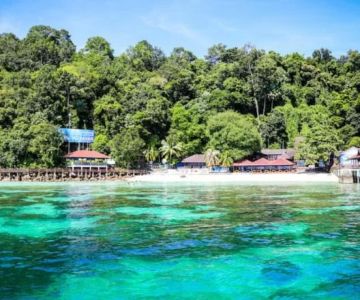
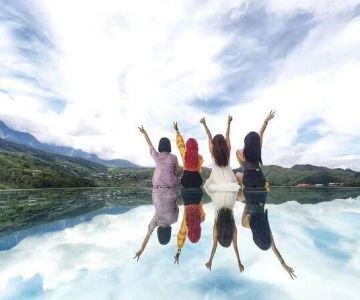

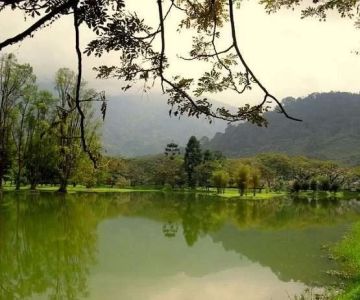
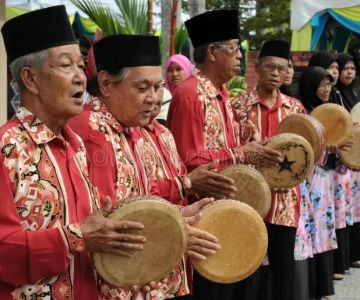
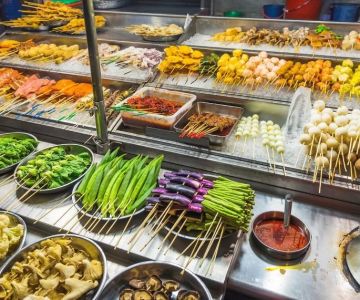
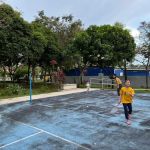 SS25 Recreational Park0.0 (0 reviews)
SS25 Recreational Park0.0 (0 reviews) MR Tiny Homestay5.0 (1 reviews)
MR Tiny Homestay5.0 (1 reviews)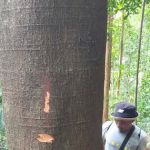 Double trek campsite0.0 (0 reviews)
Double trek campsite0.0 (0 reviews) jeti bot bukit keluang5.0 (1 reviews)
jeti bot bukit keluang5.0 (1 reviews) Qayra Inn4.0 (6 reviews)
Qayra Inn4.0 (6 reviews) Auni Homestay0.0 (0 reviews)
Auni Homestay0.0 (0 reviews) Exploring the Unique Designs of Mosques in Malaysia: A Journey Through Islamic Architecture
Exploring the Unique Designs of Mosques in Malaysia: A Journey Through Islamic Architecture Exploring the Architectural Beauty of Mosques in Malaysia: A Journey Through Islamic Architecture
Exploring the Architectural Beauty of Mosques in Malaysia: A Journey Through Islamic Architecture Visiting Malaysia’s Most Famous Mosques During Eid: A Unique Cultural Experience
Visiting Malaysia’s Most Famous Mosques During Eid: A Unique Cultural Experience How to Get to the Famous Mosques in Kuala Lumpur by Public Transport: A Complete Travel Guide
How to Get to the Famous Mosques in Kuala Lumpur by Public Transport: A Complete Travel Guide Discover the History of Masjid Titiwangsa in Kuala Lumpur: A Cultural and Architectural Gem
Discover the History of Masjid Titiwangsa in Kuala Lumpur: A Cultural and Architectural Gem Top Mosques to Visit During Ramadan in Malaysia: A Traveler's Guide
Top Mosques to Visit During Ramadan in Malaysia: A Traveler's Guide